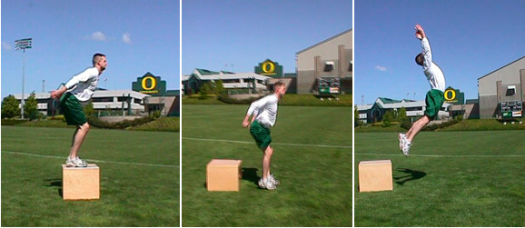Strength is contextual. In movement, force (strength) can be produce at all speeds. For example, high-speed strength means being able to produce large amounts of force at a high velocity. Slow speed strength simply means being able to produce high amounts of force at low velocities. At all times, when talking about strength, we need to make sure that the context is clarified. However, just because they are contextually different, does not mean they are not related. For example, increasing slow speed strength (one rep maxes) can help facilitate high speed strength (vertical jump height).

Continue reading “Developing Explosive Power: Slow Speed Strength”






You must be logged in to post a comment.